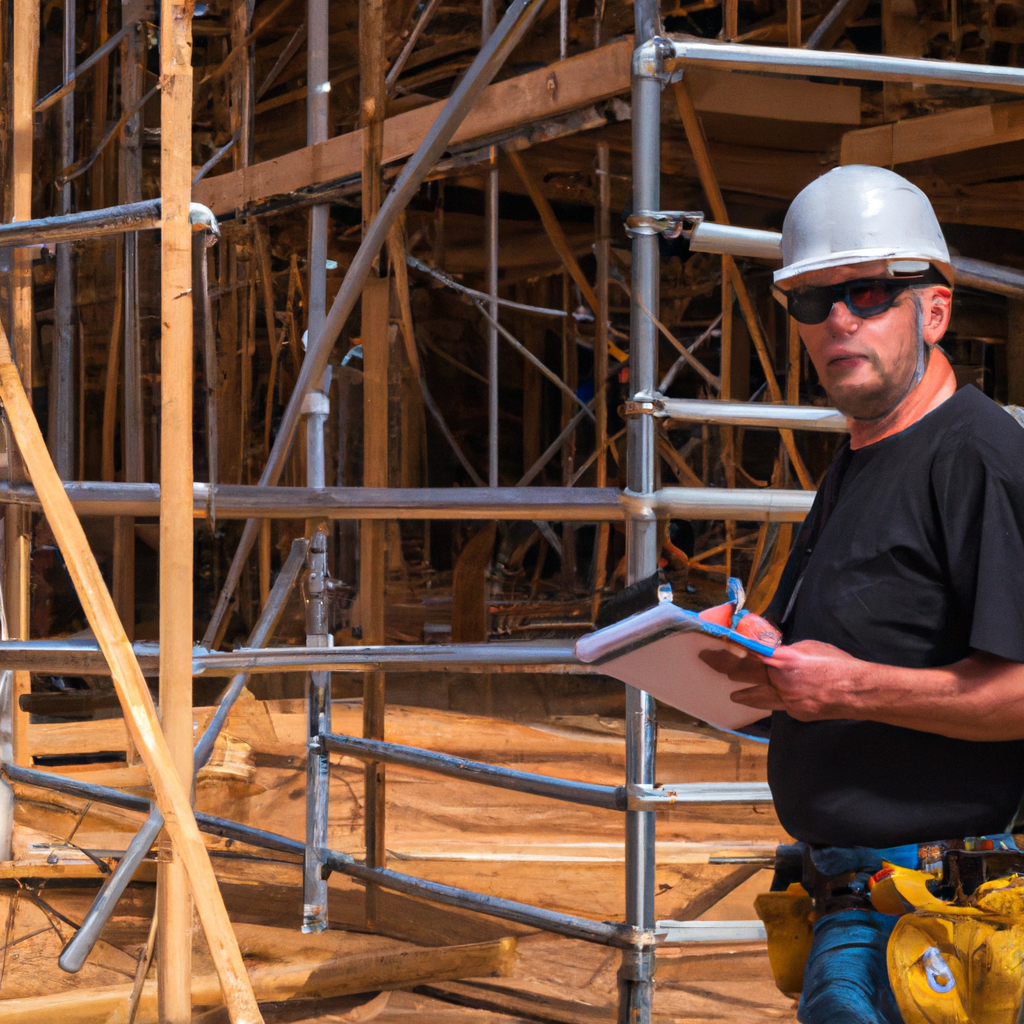Welcome to our comprehensive guide on avoiding costly delays and uncovering lesser-known permit requirements for scaffolding projects. As experts in the field, we understand the importance of efficient and compliant scaffolding installations. In this article, we will delve into the intricacies of permit requirements that are often overlooked, providing you with the knowledge needed to ensure a smooth and successful project. Let’s get started!

The Importance of Permit Compliance
Before we dive into the lesser-known permit requirements, let’s emphasize the significance of permit compliance. Scaffolding projects are subject to various regulations, as they involve potential risks and safety hazards. Obtaining the necessary permits not only ensures the safety of workers and the public but also protects you from costly fines and legal issues.
Understanding Common Permit Requirements
Before exploring the lesser-known permit requirements, let’s briefly recap the common permits you may already be familiar with. These include:
1. Building Permits
Building permits are typically required for any construction project, including scaffolding installations. They ensure that the structure meets safety standards and complies with local building codes. It is essential to obtain the appropriate building permits before commencing any scaffolding project.
2. Street Occupancy Permits
In cases where scaffolding needs to be erected on public property or obstructs public access, street occupancy permits are necessary. These permits allow you to temporarily occupy the street or sidewalk, ensuring the safety of pedestrians and traffic flow. Make sure to acquire the required street occupancy permits to avoid any complications.
3. Environmental Permits
Depending on the location and nature of the project, you may need to obtain environmental permits. These permits ensure that your scaffolding project does not harm the surrounding environment, such as protected areas or water sources. Check with local environmental agencies to determine if any specific permits are required.
Uncovering Lesser-Known Permit Requirements
Now that we have covered the common permit requirements, let’s explore the lesser-known ones that are often overlooked. By addressing these requirements, you can prevent unexpected delays and costly mistakes during your scaffolding project.
4. Historical Preservation Permits
If the building where scaffolding will be installed is of historical significance or located within a designated historical district, you may need to obtain historical preservation permits. These permits ensure that the scaffolding installation does not damage or compromise the historical integrity of the structure. Research the historical status of the building and consult with local preservation boards to determine if such permits are necessary.
5. Traffic Control Permits
In situations where your scaffolding installation affects traffic patterns, you may be required to obtain traffic control permits. These permits allow you to implement temporary traffic control measures to ensure the safety of drivers, pedestrians, and workers. Coordinate with local transportation authorities or departments to secure the necessary permits and develop a comprehensive traffic control plan.
6. Noise and Vibration Permits
Scaffolding projects often involve activities that generate noise and vibrations, which may impact nearby properties or disturb the community. In some jurisdictions, noise and vibration permits are necessary to ensure compliance with noise regulations and protect the well-being of residents. Research local noise ordinances and consult with relevant authorities to determine if these permits are required for your project.
7. Electrical Permits
If your scaffolding installation involves any electrical components, such as lighting or power sources, electrical permits may be necessary. These permits ensure that the electrical work is performed by licensed professionals and meets safety standards. Check with local electrical authorities to determine if you need to obtain electrical permits and ensure compliance with electrical codes.
Conclusion
In conclusion, understanding and complying with permit requirements is crucial for the success of any scaffolding project. By familiarizing yourself with both common and lesser-known permits, you can avoid costly delays and ensure the safety and compliance of your installation. Remember to research the specific requirements of your location and consult with relevant authorities to obtain the necessary permits. With this knowledge in hand, you are now equipped to tackle scaffolding projects with confidence and efficiency. Happy scaffolding!


